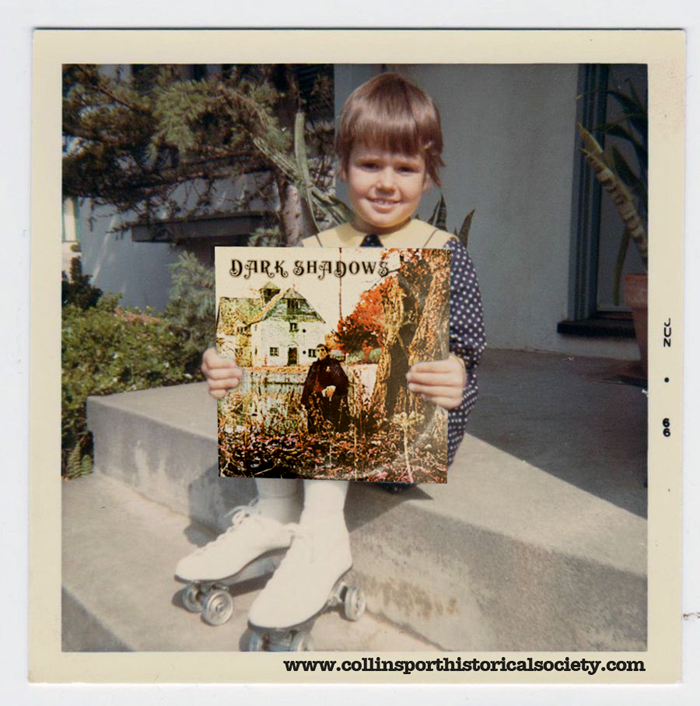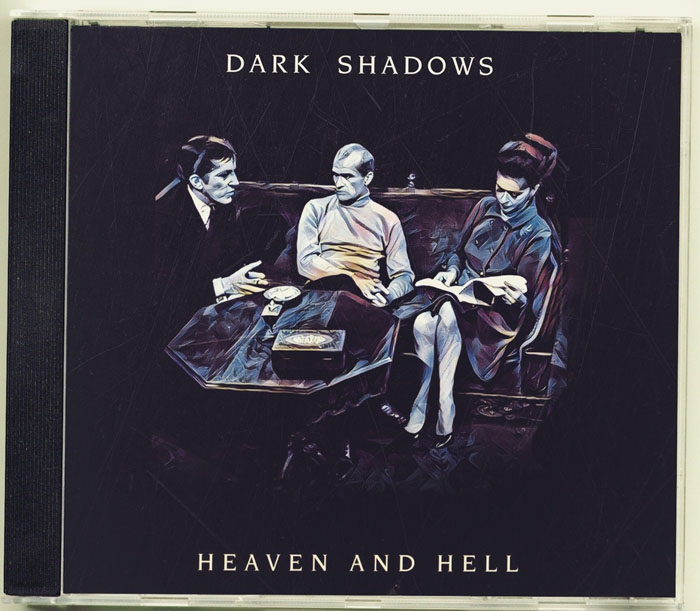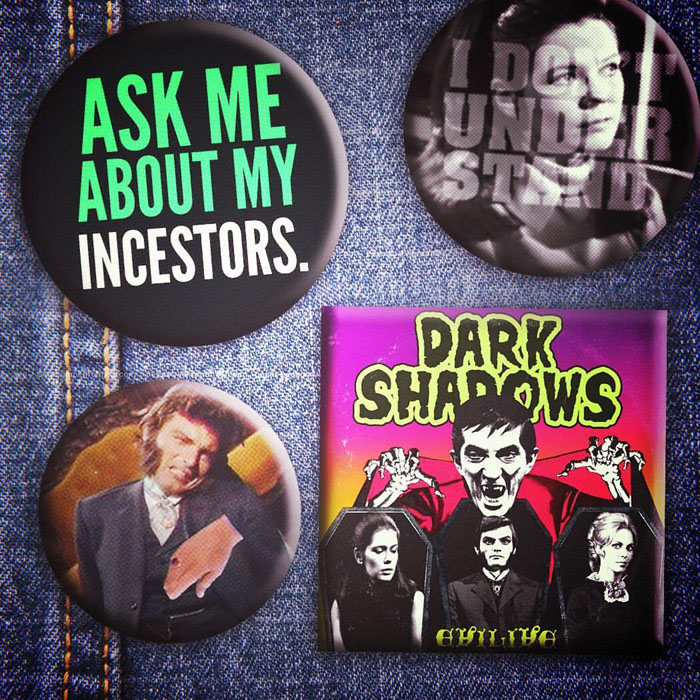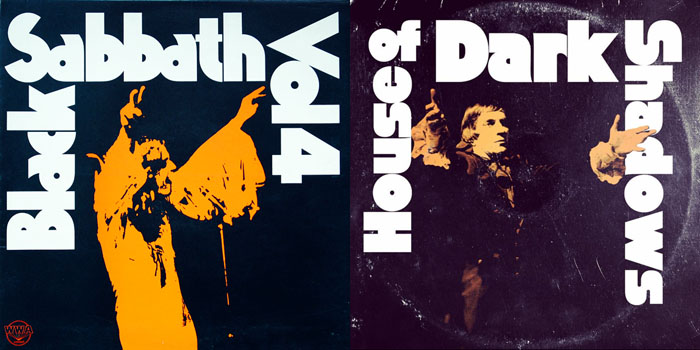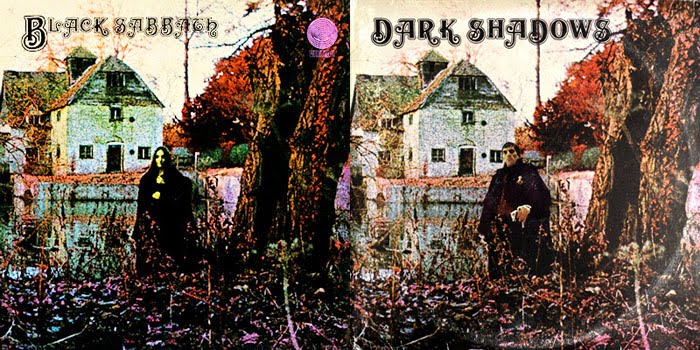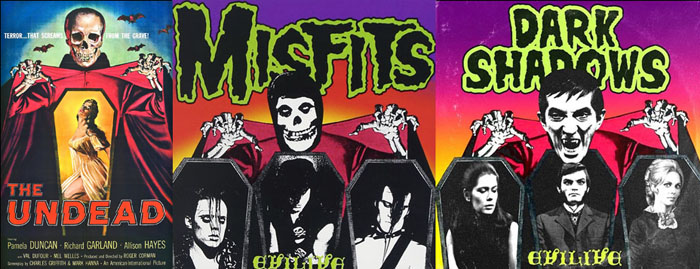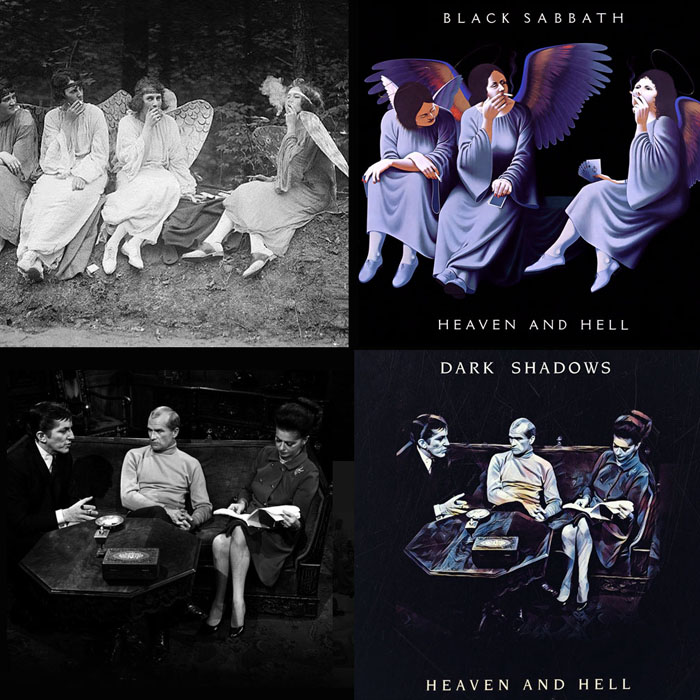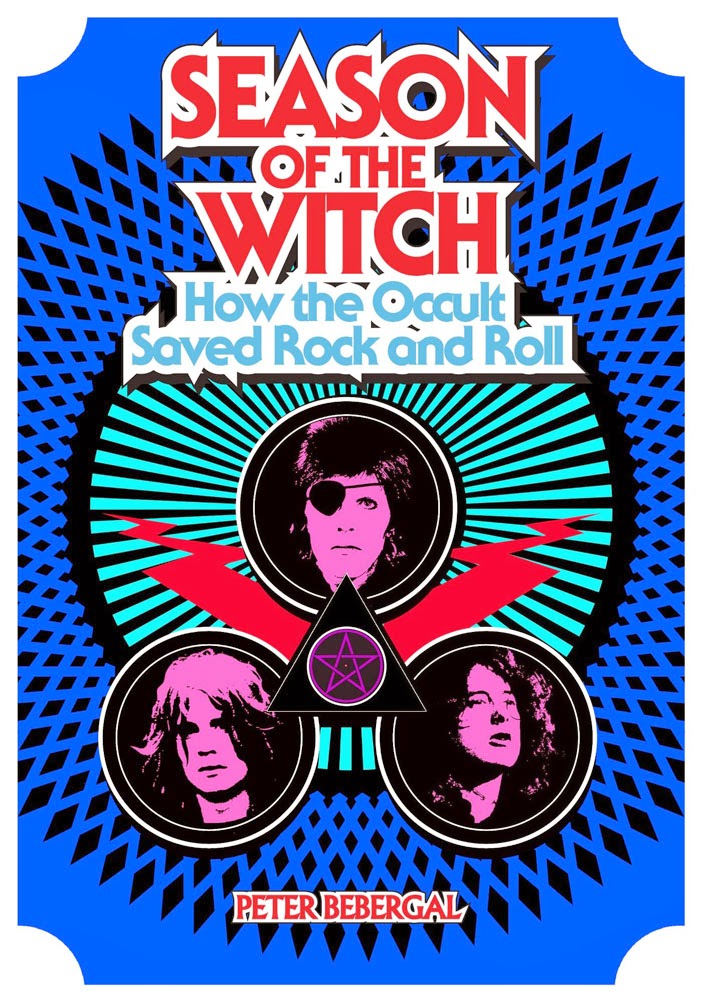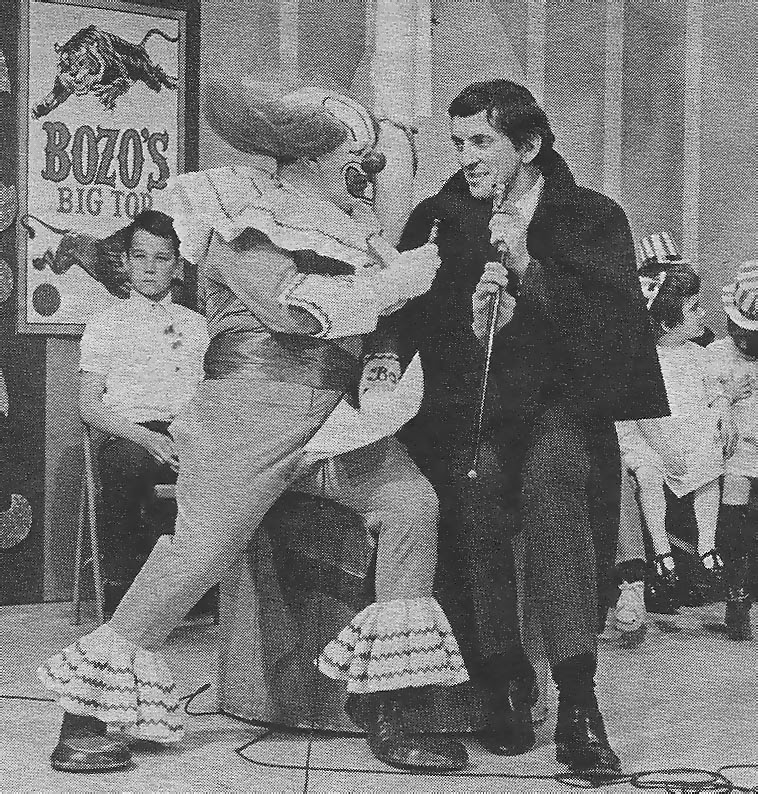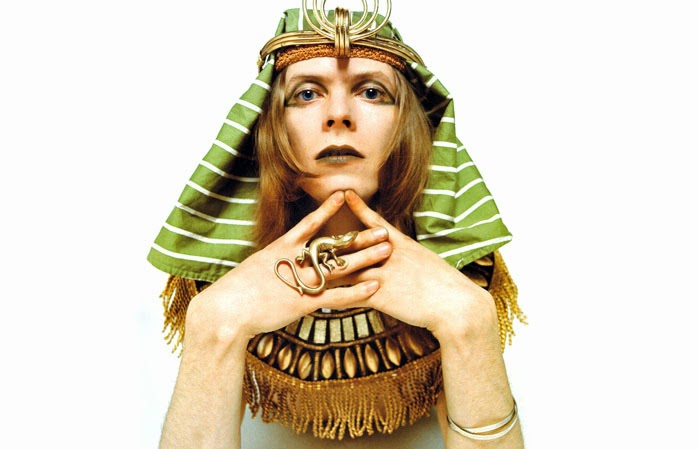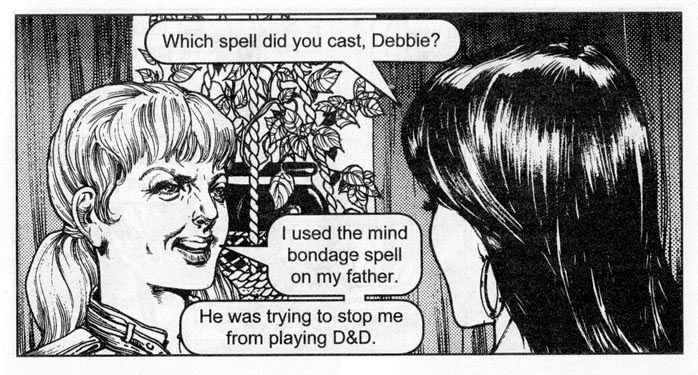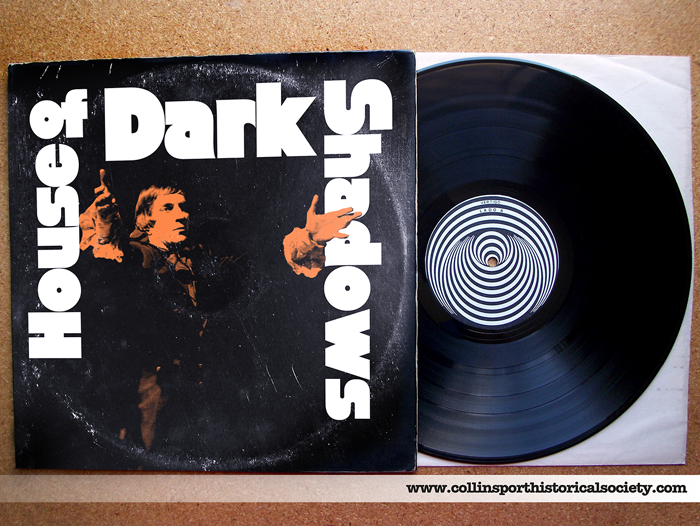
If you follow the social media accounts of the CHS, you'll be subjected to some occasional weirdness. This website is, more or less, the official "face" of the CHS, but our Twitter, Tumblr and Instagram accounts have taken on lives of their own. Some of this is out of desire to make these accounts uniquely interesting. Instagram gets a lot of weird images, for example, while Twitter is where I come out of my spider hole to occasionally interact with the outside world. Meanwhile, the more detailed commentary appears here, where we can explore things in more than 128 characters.
If you're not following those other accounts, you're missing out. Maybe. It depends on your tolerance for the kind of stuff I find amusing ... such as these DARK SHADOWS/heavy metal mashups that appeared on Instagram, Twitter and Tumblr back in March.
The whole thing started on a whim. A few years ago I noted a similarity between the Black Sabbath's "Heaven and Hell" cover and the composition of a promotional image of DARK SHADOWS the cast. It wasn't until March of this year that it occurred to me to merge the two, creating a faux CD of mashup. I chased this rabbit down the hole for about a week or so, adding Humbert Allen Astredo/Nicholas Blair to the cover for Blue Oyster Cult's "Agents of Fortune," Jonathan Frid/Barnabas Collins to the first, self-titled Sabbath album, and Frid again (this time from HOUSE OF DARK SHADOWS) to Sabbath's "Vol. 4." After that, it was time to go all INCEPTION and dunk these images into secondary environments because I don't know when to quit.
Here's the weird thing: While doing this, I learned that the cover art for both "Agents of Fortune" and "Heaven and Hell" were created by artist Lynn Curlee. And his art was, in a sense, already a kind of mashup using vintage photos. Curlee's art for "Heaven and Hell" was inspired by a photo from the 1920s of women dressed as angels, taking a smoke break backstage during a college pageant. The cover of "Agents" was a riff on a vintage promotional image of Boston illusionist W. D. Leroy. At the time, I didn't know any of this. (The connection was probably Sandy Pearlman, who was managing BOC and Sabbath by 1980.)
These were fun to build, but probably had limited appeal to DARK SHADOWS fans beyond their short lifespans on social media. Sure, Blue Oyster Cult has a lot of weird connections to DARK SHADOWS (actor Chris Pennock and the band's vocalist, Eric Bloom, went to college together, for example) but the Collinsport crew never struck me as especially receptive to classic metal. And then I realized this is my website and I can do what I want.
So, for archival purposes, here's the full collection of "Metal Shadows" album covers. There's also a bonus punk visual, which I only mention so that nobody sends me an e-mail informing me the Misfits weren't/aren't metal.
- Wallace
